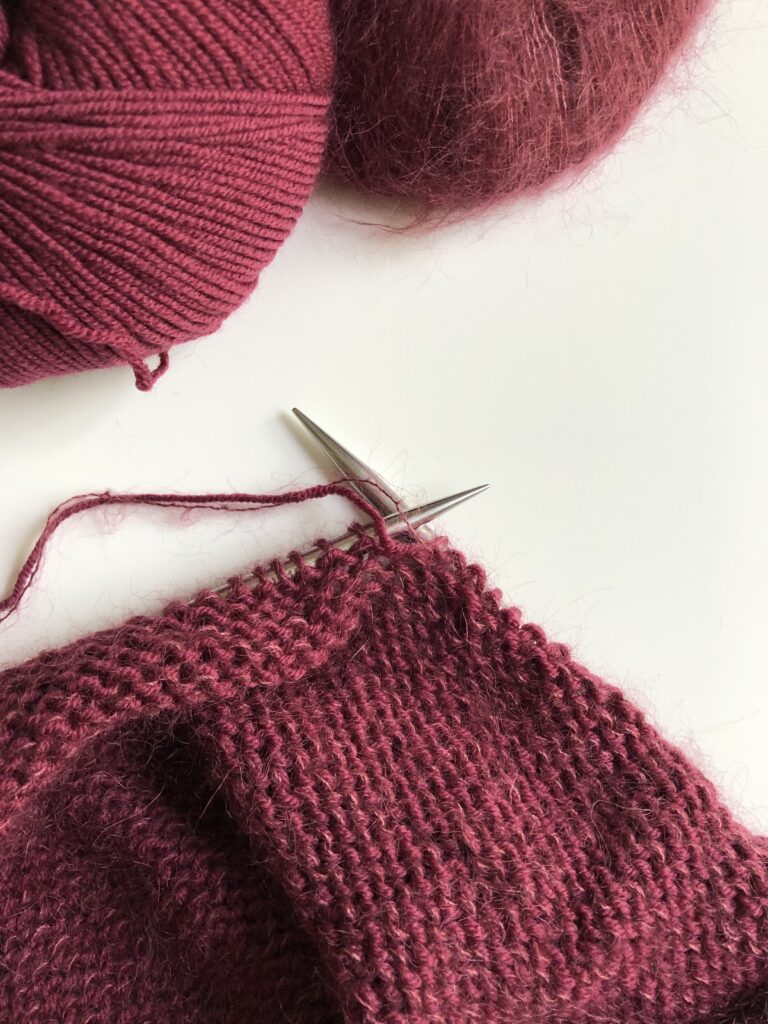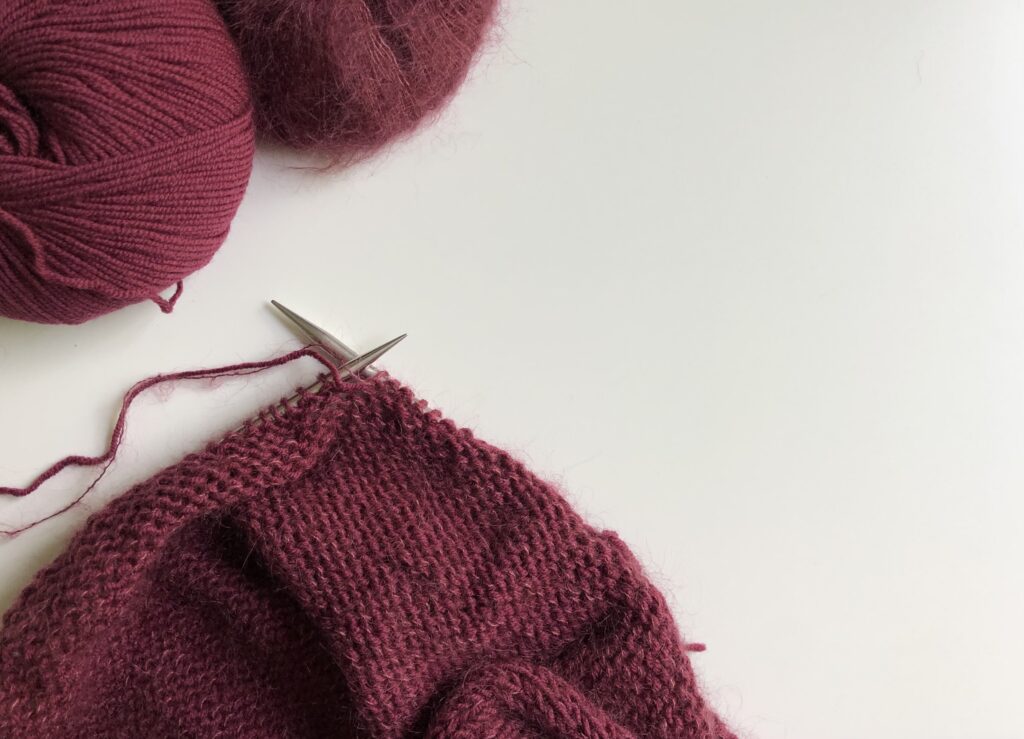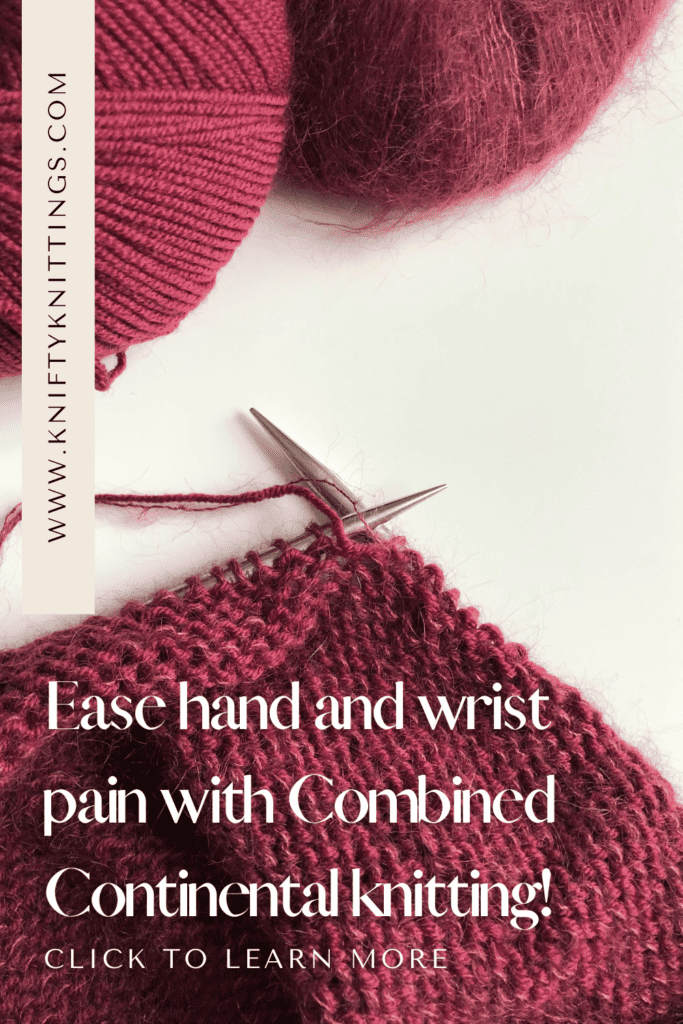Combined Continental Knitting for Hand Pain
Hey there, friends! Long time, no blog! I haven’t been very active on here lately, mostly because I haven’t been knitting much. I’ve had some not so fun hand/wrist pain since last fall that has made me put down my needles for a bit, but I’m finally getting back to it thanks to modifying my knitting technique to minimize my hand movements! Enter combined continental knitting!
Have you ever experienced wrist and hand pain while knitting? I certainly have! As an avid knitter who has battled with wrist and thumb pain while using the traditional English knitting style, I was thrilled to stumble upon a game-changer: combined continental knitting. In this blog post, I’ll guide you through the technique that can help alleviate your knitting-related discomfort.
Combined continental knitting involves incorporating elements of both English and continental knitting styles, resulting in a more ergonomic and pain-free experience. I enjoy continental knitting, but not so much the purling. 😅 This technique solves my slow continental purl issue!

Now, let’s delve into the details of this technique and discover how it can help relieve your knitting pain.
How Does Combined Continental Work?
In combined continental knitting, you hold the yarn in your left hand, just like in the continental style, while continuing to manipulate the stitches with your right needle, similar to the English style. You’ll essentially be twisting the purl the stitches when purling and untwisting the stitches when knitting. To purl, you’ll insert your right needle through the stitch on your left needle. Simply grab the working yarn with the right needle and pull through the stitch (the yarn will go under the needle instead of over). To knit, you’ll knit through the back loop and knit as normal. This hybrid approach allows for a smoother and more efficient movement of the yarn, reducing the strain on your wrists and hands.
Click below for the video tutorial or click here.
Here are some benefits you can expect:
- Enhanced Efficiency: By combining the best of both knitting styles, you’ll notice a significant increase in your knitting speed. The yarn flows effortlessly from your left hand, while your right hand maintains its rhythm and control.
- Reduced Wrist and Hand Pain: This technique promotes minimal hand movements, reducing the strain on your wrists and thumbs. Say goodbye to those pesky aches and pains!

Knitting is meant to be a relaxing and enjoyable pastime, not a source of pain and discomfort. With combined continental knitting, you can bid farewell to wrist and hand pain, and rediscover the joy of creating beautiful knitted projects.
I hope you found this tutorial helpful! Feel free to save this post and share the pin below. For more knitting tutorials, click here.

